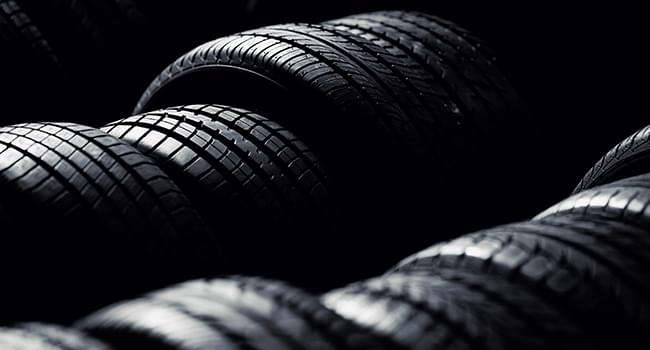The global market for premium and prestige tires has been fast-growing in recent decades. Despite current disruption and uncertainty related to the coronavirus pandemic, the market is expected to remain strong through 2025, according to a new report from Smithers,
The Future of Premium and Prestige Tires to 2025.
The main drivers for this growth over the next five years are greater OE and aftermarket demands for energy efficiency, longevity, sustainability and extended mobility. This evolution from a market traditionally focused on speed, handling and appearance will likely affect tire development, according to the new study from Smithers.
Growth rates
Expert analysis in the new Smithers report on prestige, luxury, and high-performance passenger tires (those of rim diameter of 17 inches and above and with a speed rating of V and above) will fall to 281.1 million units worldwide in 2020 with a value of $35.1 billion. This is down from 289.4 million tires in 2019, as the coronavirus pandemic hits the global tire and automotive industries.
Future global demand for premium tires will grow at a compound annual growth rate (CAGR) of 6.5% to reach 385 million tires in 2025, according to Smithers’ research. Market value is set to grow at a faster CAGR of 7.7% across this period to reach $50.8 billion in 2025.
Impact of COVID-19
With the exception of the Asia-Pacific, the coronavirus will cause a sharp and broad global economic contraction in 2020. New vehicle sales have stalled, damaging premium OEM fitment demand, in particular. Simultaneously, working from home and reduced economic activity has led to fewer miles travelled, less wear, and hence a reduction in replacement tire purchases. As the economy works to emerge from one of the most severe downturns on record, premium tire sales will face the same challenges as the broader industry, but will outperform commodity tire sales across 2020-2025, according to the Smithers forecast.
Evolving tire capabilities
Although impacted in the short-term, the report anticipates a return to growth in 2021, followed by an acceleration of demand beginning in 2022. As the market stabilizes, many of the same market drivers that have supported wider use of these superior driving tires through the 2010s will re-assert themselves along with those reflective of the changing automotive industry. Over the next five years, there will be a need for premium tires that can operate with a new generation of top-range electric cars and light trucks. Equally, premium driving presents a key market opportunity for showcasing the new capabilities of smart tires to enhance control, responsiveness and safety in driving.
Regional patterns
Premium tire sales will remain concentrated in higher GDP regions, mainly Western Europe and North America. Demand is diffusing into many developing markets too, especially China, which is recovering strongly from the COVID-19 disruption backed by official stimulus packages.
The Asia-Pacific region leads demand for OE and replacement tires as well as for tire exports and share of global production. The dominant role of China as an exporter has led to push-back from other countries, particularly the US. Tariffs, or the threat of tariffs, have impacted tire industry trade and investment flows. As a result, Chinese plants being built in Southeast Asia, or in the US, to avoid the tariffs, and this tendency to expand capacity closer to OEM and replacement tire markets will likely continue. In addition to avoiding potential trade barriers, it is more cost-efficient to ship raw materials to a plant closer to the end user. It is also easier to customize products and mix to meet local market demand.
Due to recently exposed vulnerabilities in global tire supply chains resulting from the pandemic, many premium tire makers are working toward more localized production. While evident before it struck, COVID-19 is accelerating this trend, Smithers found.
Consumers turn to leisure driving
For end users, the 2020 drop in petroleum prices, social-distancing rules and the lack of alternative recreational activities are renewing interest in leisure driving of high-performance vehicles. The existing trend for wider use of premium tires on sport utility vehicles (SUVs), and crossover utility vehicles (CUVs) will resume as drivers hit the roads.
The Future of Premium and Prestige Tires to 2025 includes the outlook for passenger and light truck segments (compact/subcompact, mid-size, saloon/sedan/full-size/sports, SUV, crossover SUV, other light truck); and raw materials consumption (elastomers, extender oils and resins, carbon black, conventional and HDS precipitated silica, steel and textile cord, silanes and other chemicals) across all world regions, and 12 leading national markets.
Find out more and download the brochure here >>
